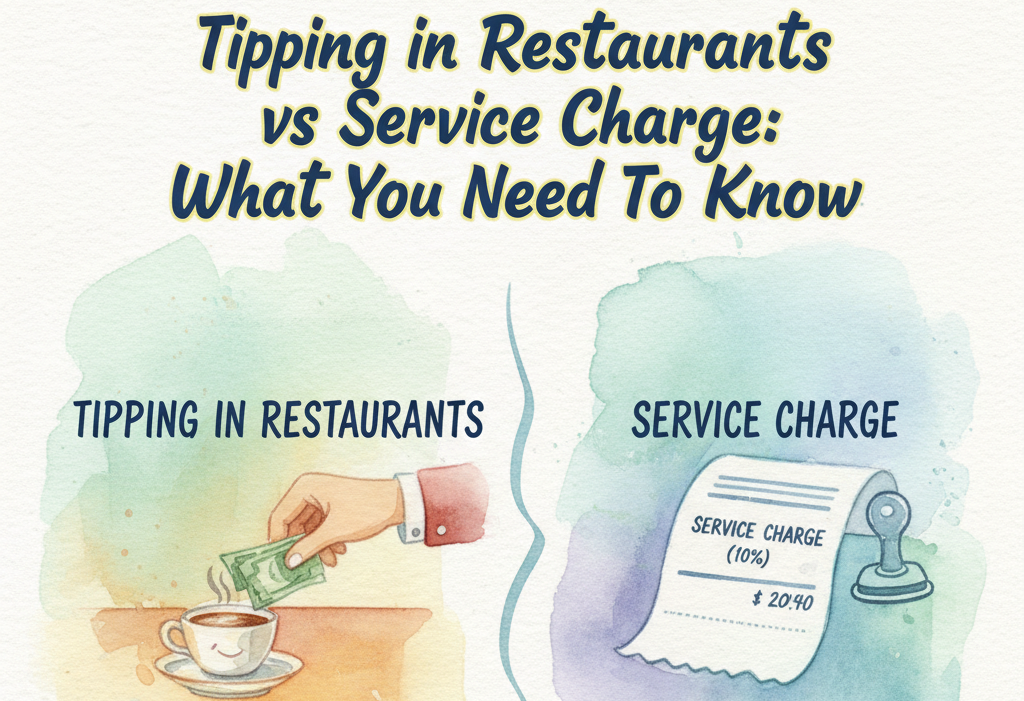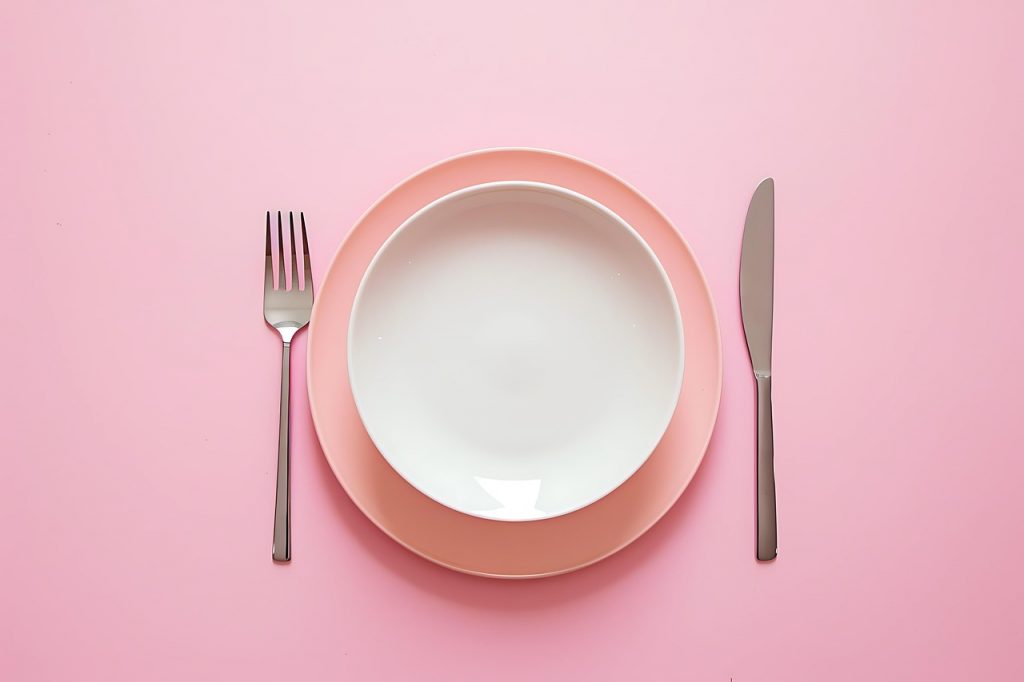Fine Dining Restaurants take care of the way they serve their customers. Not only do you have to make sure that the taste is on point but also improve the way it looks on the plate. This blog will teach you the importance of the art of food presentation and along with that you will find some exclusive modern food plating ideas. Read more to learn these tips and make your restaurant rare.
Importance of food presentation
Food presentation refers to the art of arranging food on the plate in a visually appealing manner. It is done by using colors, textures, shapes, and garnishes to create a dish that is not only delicious but also, looks great. A well-presented dish can create anticipation in the minds of customers and they would be influenced by it as well. Customers usually judge the dish by the quality and visuals even before they take a bite and a study has shown that people will pay a lot more for dishes that look good. Make sure that the food presentation is good enough to create opportunities for upselling.
Modern Food Plating Ideas
- The Rule of Thirds: To use this technique, divide the plate into three equal sections using two equally spaced lines. Place the key ingredient, such as a piece of fish, on one of the intersecting points. Fill the remaining space with smaller portions of side dishes, such as vegetables or grains, placed in the other sections.
- Viewing the Plate as a Clock: Picture a plate divided into six equal sections, like a clock. Place the key ingredient, such as a steak, at the 6 o’clock position. Smaller portions of side dishes, such as mashed potatoes or roasted vegetables, should be placed in the other sections.
- Avoiding Overcrowding the Plate: To achieve this, place a single piece of chicken on the plate, surrounded by a small amount of sauce and a few vegetables. Leave plenty of space around the chicken to allow the diner to appreciate each ingredient.
- Plating Moist Ingredients First: Start by plating moist ingredients, such as creamy polenta, before adding the main ingredient, like a moist chicken breast, and a drizzle of sauce. This ensures that the chicken doesn’t soak up the moisture from the polenta.
- Creating Flavor Bites: Arrange a piece of salmon on the plate, surrounded by a small amount of quinoa and a few roasted vegetables. Place the quinoa and vegetables next to the salmon, making it easy for the diner to combine them in each bite.
- Mixing Textures: Serve a crispy piece of pork belly with a soft puree of sweet potatoes and a few crunchy pieces of apple. The contrasting textures create a more interesting and satisfying dining experience.
- Serving Odd Quantities: Plate three scallops, served with a small amount of sauce and a few vegetables. The odd quantity of scallops adds an element of surprise to the dish and creates a visually pleasing composition.
- Incorporating Color Diversity: Create a colorful salad with a variety of vegetables and fruits. The different colors add visual appeal and interest to the dish, creating a visually pleasing composition.
- Highlighting the Key Ingredient: Place a large piece of lobster in a prominent position on the plate, served with a small amount of sauce and a few vegetables. Use the other ingredients to complement the lobster.
- Using Color to Complement the Dish: Serve a bright pink piece of tuna with a green puree of avocado and a few red slices of chili. The colors complement each other, adding visual interest to the dish.
If you have come this far then I’m sure that you would have learned all these exclusive tips that will take your restaurant to the next level. From experimenting with the colors and textures of food to taking care of the quantities of servings you can use these tips to make sure that food presentation looks good and your restaurant becomes famous for it. Implement these tips ASAP and make your customers want more. Read more blogs related to fine dining so that you stay on track and become successful.



